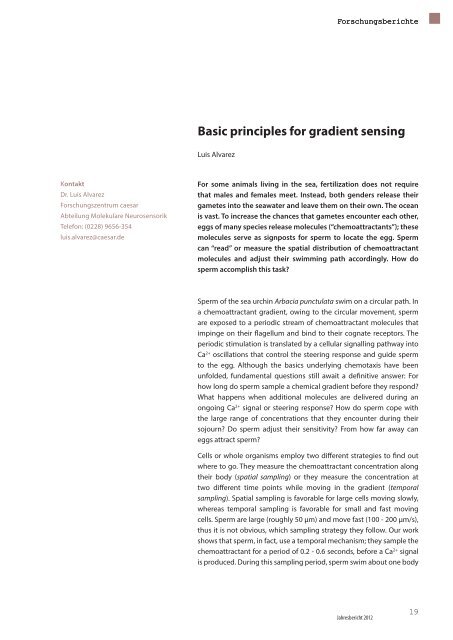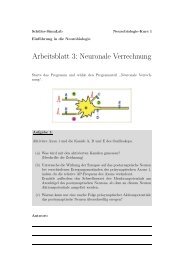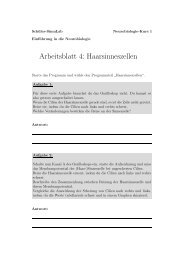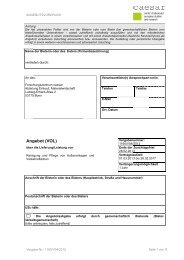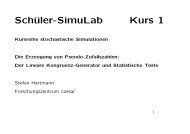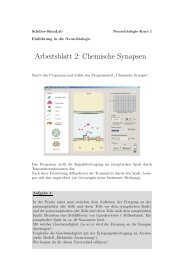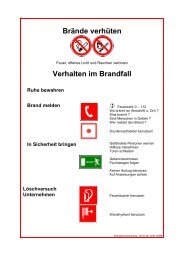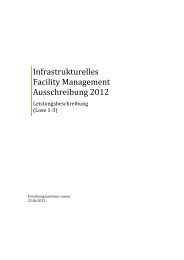Jahresbericht 2012 - Forschungszentrum caesar
Jahresbericht 2012 - Forschungszentrum caesar
Jahresbericht 2012 - Forschungszentrum caesar
- Keine Tags gefunden...
Sie wollen auch ein ePaper? Erhöhen Sie die Reichweite Ihrer Titel.
YUMPU macht aus Druck-PDFs automatisch weboptimierte ePaper, die Google liebt.
ForschungsberichteBasic principles for gradient sensingLuis AlvarezKontaktDr. Luis Alvarez<strong>Forschungszentrum</strong> <strong>caesar</strong>Abteilung Molekulare NeurosensorikTelefon: (0228) 9656-354luis.alvarez@<strong>caesar</strong>.deFor some animals living in the sea, fertilization does not requirethat males and females meet. Instead, both genders release theirgametes into the seawater and leave them on their own. The oceanis vast. To increase the chances that gametes encounter each other,eggs of many species release molecules (“chemoattractants”); thesemolecules serve as signposts for sperm to locate the egg. Spermcan “read” or measure the spatial distribution of chemoattractantmolecules and adjust their swimming path accordingly. How dosperm accomplish this task?Sperm of the sea urchin Arbacia punctulata swim on a circular path. Ina chemoattractant gradient, owing to the circular movement, spermare exposed to a periodic stream of chemoattractant molecules thatimpinge on their flagellum and bind to their cognate receptors. Theperiodic stimulation is translated by a cellular signalling pathway intoCa 2+ oscillations that control the steering response and guide spermto the egg. Although the basics underlying chemotaxis have beenunfolded, fundamental questions still await a definitive answer: Forhow long do sperm sample a chemical gradient before they respond?What happens when additional molecules are delivered during anongoing Ca 2+ signal or steering response? How do sperm cope withthe large range of concentrations that they encounter during theirsojourn? Do sperm adjust their sensitivity? From how far away caneggs attract sperm?Cells or whole organisms employ two different strategies to find outwhere to go. They measure the chemoattractant concentration alongtheir body (spatial sampling) or they measure the concentration attwo different time points while moving in the gradient (temporalsampling). Spatial sampling is favorable for large cells moving slowly,whereas temporal sampling is favorable for small and fast movingcells. Sperm are large (roughly 50 µm) and move fast (100 - 200 µm/s),thus it is not obvious, which sampling strategy they follow. Our workshows that sperm, in fact, use a temporal mechanism; they sample thechemoattractant for a period of 0.2 - 0.6 seconds, before a Ca 2+ signalis produced. During this sampling period, sperm swim about one body<strong>Jahresbericht</strong> <strong>2012</strong>19


